Is your ATS winning you top talent?
06.03.2020
The global average length of the job interview process is 23.7 days, according to Glassdoor, while Workable shows the global average time to hire is around 25 days. Either way, those 3+ weeks give competition ample time to select your top applicants before you’ve made your decision. This is especially true if they have tech allowing their process to be more streamlined and faster, HR Morning reports that companies lose as many as 89% of potential candidates due to a prolonged screening process. Suffice to say that if you lack the latest HR tech, you will almost certainly be missing out on top talent.
Additionally, while costs per hire tend to vary drastically between industries and countries, by and large they fall between 4-5,000 USD per hire.; this includes external costs (things like recruitment tech, contractors, assessments, marketing) and internal costs (in-house/full-time staff, tracking systems, referrals). If you are a firm which calculates cost per hire (which you should be), this raises the question as to why you would rely on inferior or obsolete HR tech that costs you this much (or more) time and money per new employee, yet is unable to bring in the very best candidates.
Certainly this is not an issue solely to do with technology, as candidate experience also has a significant impact on recruitment. According to research by IBM, applicants satisfied with their experience are 38% more likely to accept a job offer from the company, and twice as likely to recommend the organisation to others – even if they were not offered a job in the end. This experience often begins even before the application phase, as previous interactions and employer branding play a role in this decision-making as well. This calls for a strategy around treating applicants as you would customers, striving to communicate openly and sincerely and keeping them updated about the process as it goes along.
However on the more technical side of things, to attract the very best you ought to ensure you have an ATS which allows your team to act fast and actually saves them time in the hiring process. This means that aside from not being cumbersome and frustrating to use, it should also be capable of computing metrics such as time to fill, qualified candidates per hire and interviews per hire, comparing with the industry standard and breaking them down by role and department to better identify potential problem areas.
Lastly you should periodically review how well your technology is working, ideally at least twice a year. Consider whether the hires made within the last two years have been beneficial for the firm; as noisy and subjective as that may be, given consensus can be reached among your team, this will allow you to review any screening or assessment tools you use to determine whether they are working well for you or costing you money and talent.
Glassdoor, How Long Does it Take to Hire? Interview Duration in 25 Countries: https://www.glassdoor.com/research/time-to-hire-in-25-countries/
HR Morning, The 5 Causes of Recruiter Burnout: https://www.hrmorning.com/articles/recruiter-burnout/
IBM, The far-reaching impact of candidate experience: https://www.ibm.com/downloads/cas/YMOARJJG
Workable, Average time to hire: key recruiting metrics to track: https://resources.workable.com/tutorial/time-to-hire-metrics

